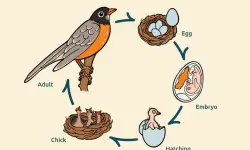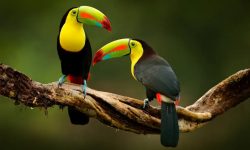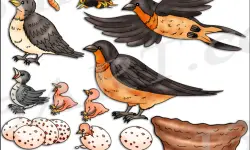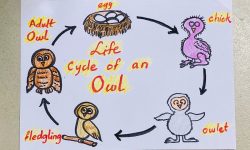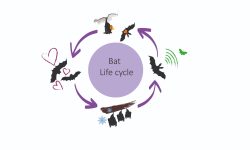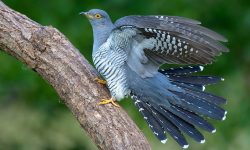Birds come in all shapes and sizes, but some species stand out not just for their beauty or intelligence—but for their incredible lifespans. While most small birds live only a few years in the wild, others can live for decades, even outlasting their human caretakers in captivity. In this article, we explore 15 of the longest-living bird species on Earth, from wild seabirds to beloved pet parrots. Whether due to evolutionary advantages, low predation, or human care, these birds show just how enduring avian life can be.
1. Kakapo (Strigops habroptilus)
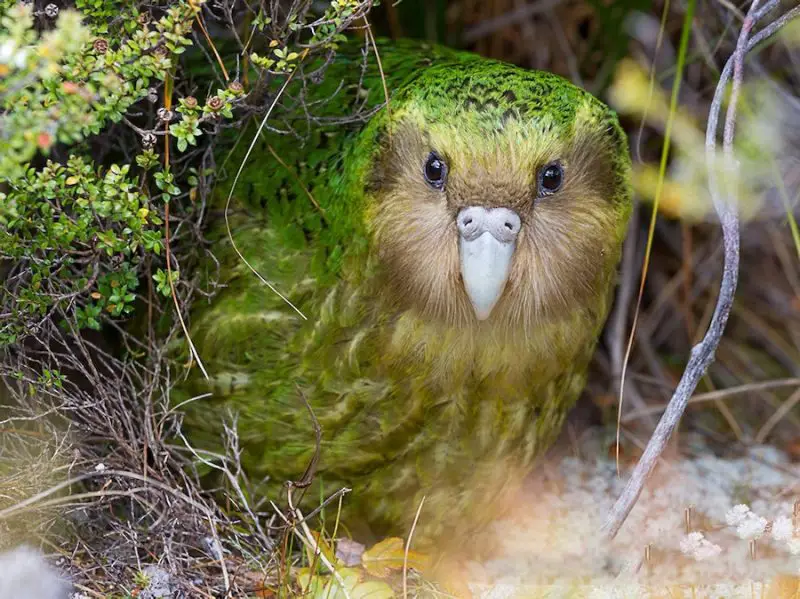
A Parrot That Defies Time: Up to 90 Years of Life
The Kakapo is no ordinary bird—it’s a living relic of ancient New Zealand, and one of the most extraordinary parrots on Earth. Flightless, nocturnal, and bursting with quirky charm, this moss-green parrot can live astonishingly long lives, often reaching 60 to 90 years. Unlike other birds that dash through life, the Kakapo takes its time, maturing slowly and reproducing only every few years when native rimu trees fruit.
Each individual Kakapo has a unique personality—some are curious and bold, while others are shy or comically clumsy. Their endearing nature has won the hearts of conservationists, especially since fewer than 250 are alive today. Found only in predator-free island sanctuaries, these gentle giants are under round-the-clock care as part of one of the world’s most intensive conservation programs. Their longevity and rarity make them not only a symbol of resilience but also a reminder of the delicate balance needed to preserve Earth’s most vulnerable creatures.
2. Laysan Albatross (Phoebastria immutabilis)
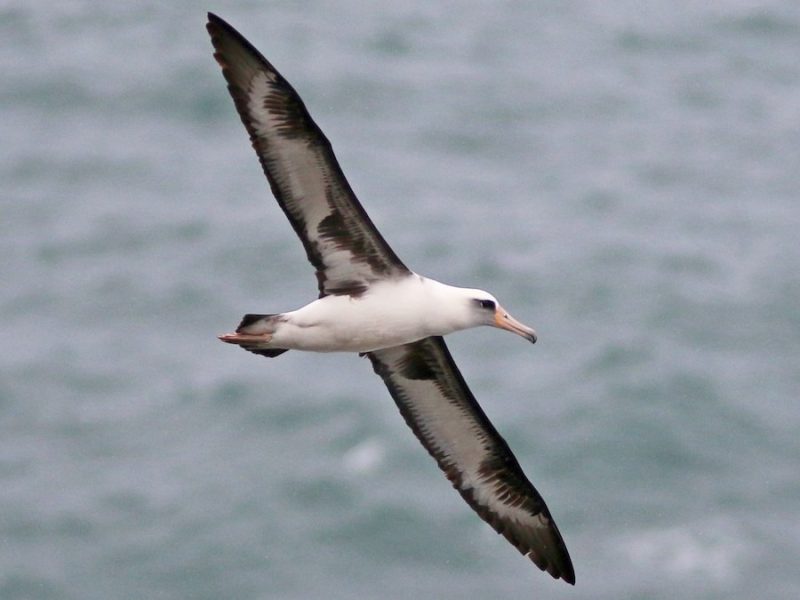
Wisdom: The 73-Year-Old Mother of the Sea
With wings built for endless journeys and hearts tethered to the open ocean, Laysan Albatrosses are among the most remarkable long-distance flyers on Earth. These majestic seabirds can live for 40 to 60 years—but one individual, known as Wisdom, has shattered expectations. Hatched around 1951, Wisdom is now over 73 years old and continues to defy age by returning each year to Midway Atoll to breed, making her the oldest known wild bird still raising chicks.
Laysan Albatrosses spend most of their lives soaring over the vast Pacific, covering thousands of miles with barely a wingbeat, thanks to their masterful gliding skills. They return to land only to nest, often forming strong pair bonds and showing remarkable site fidelity. Their long lifespans and faithful parenting make them symbols of endurance and devotion in the animal kingdom. In a world of change, Wisdom stands as a living testament to the power of resilience and the mysteries of seabird longevity.
3. Macaw (Ara spp.)
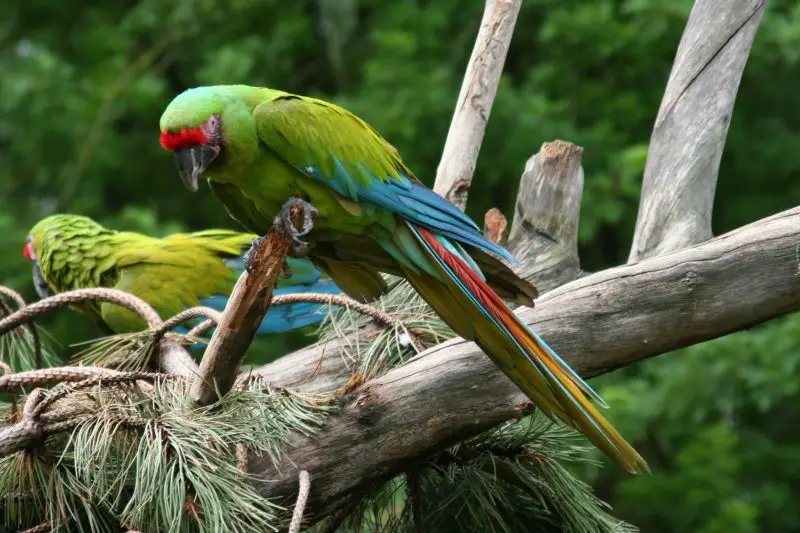
The Century Parrot: A Life Measured in Decades
With vivid plumage that rivals tropical sunsets and personalities as bold as their colors, Macaws are among the most iconic and intelligent birds on the planet. Species like the Blue-and-Gold Macaw (Ara ararauna) and the majestic Hyacinth Macaw (Anodorhynchus hyacinthinus) are renowned not only for their beauty but also for their extraordinary lifespans—routinely living 50 to 80 years, and in rare cases, even reaching the century mark in captivity.
These birds aren’t just long-lived—they are emotionally complex, deeply social, and highly intelligent. In the wild, they form lifelong pair bonds and travel in noisy, playful flocks across the rainforest canopy. In human care, Macaws form close attachments with their caretakers, often becoming cherished companions for multiple generations.
Their longevity demands long-term commitment, but it also reveals a lifetime of learning, memory, and affection. Whether in the treetops of South America or in loving homes around the world, Macaws live long, vibrant lives that mirror the richness of their environments and relationships.
4. African Grey Parrot (Psittacus erithacus)
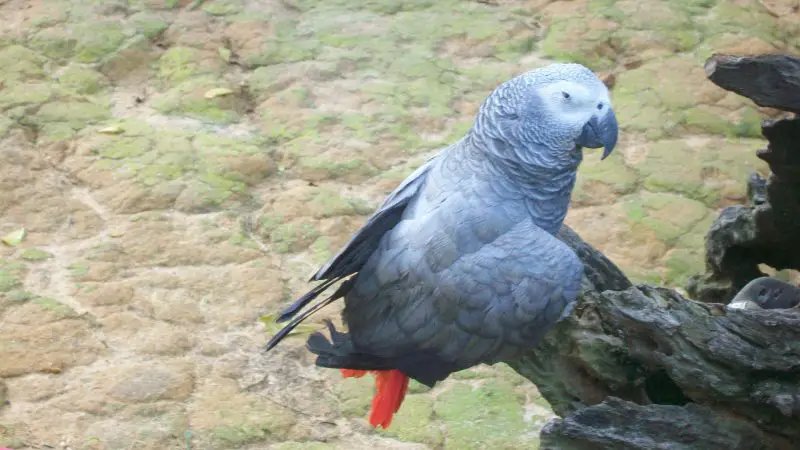
The Talking Genius That Lives for Decades
Elegant, mysterious, and remarkably intelligent, the African Grey Parrot is often hailed as the most gifted talker in the avian world. With a striking silver-gray coat, piercing eyes, and a voice that can echo human speech with uncanny accuracy, this medium-sized parrot possesses both beauty and brains. But what truly sets it apart is its impressive lifespan—many African Greys live between 40 and 70 years in captivity, with some individuals reaching even older ages under proper care.
These parrots don’t just mimic sounds—they understand context, solve complex problems, and build deep emotional bonds with their human companions. Studies have shown that some African Greys can grasp abstract concepts such as numbers, colors, and even empathy. One famous bird named Alex stunned scientists with his ability to count, identify objects, and express preferences.
As lifelong companions, African Greys require not only affection but also mental stimulation, social interaction, and commitment. Their long lives and exceptional intelligence make them one of the most extraordinary birds in the world—and a true friend who can share an entire lifetime with you.
5. Cockatoo (Cacatua spp.)
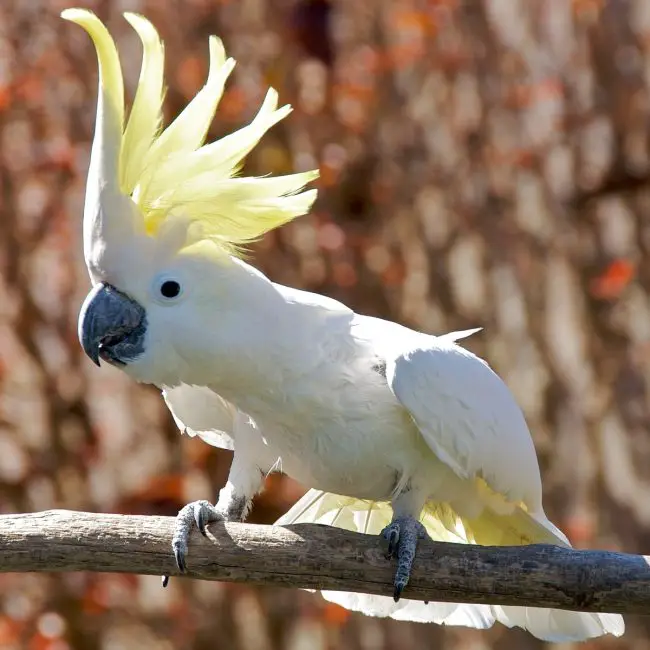
Feathered Firecrackers with a Lifespan to Match
Cockatoos are the emotional powerhouses of the parrot world—boisterous, affectionate, and endlessly expressive. Species like the Sulphur-crested Cockatoo (Cacatua galerita) and the Umbrella Cockatoo (Cacatua alba) are known not only for their dramatic head crests and powerful voices but also for their remarkable longevity. In captivity, many individuals live well beyond 60 years, with some surpassing 80—outliving their owners and sometimes their owners’ children.
Beneath the showy crests and ear-splitting calls lies a heart of deep sensitivity. Cockatoos form strong emotional bonds with their humans and can suffer from loneliness and depression if neglected. They are playful and intelligent, often learning tricks, manipulating objects, and even mimicking speech, though not as fluently as their African Grey cousins.
Raising a Cockatoo is like living with a feathered toddler who never grows up. Their long lives and strong personalities require patience, attention, and love—but in return, they offer decades of companionship, mischief, and joy. With their piercing eyes and animated expressions, Cockatoos are impossible to ignore—and unforgettable once they’ve claimed your heart.
6. Andean Condor (Vultur gryphus)
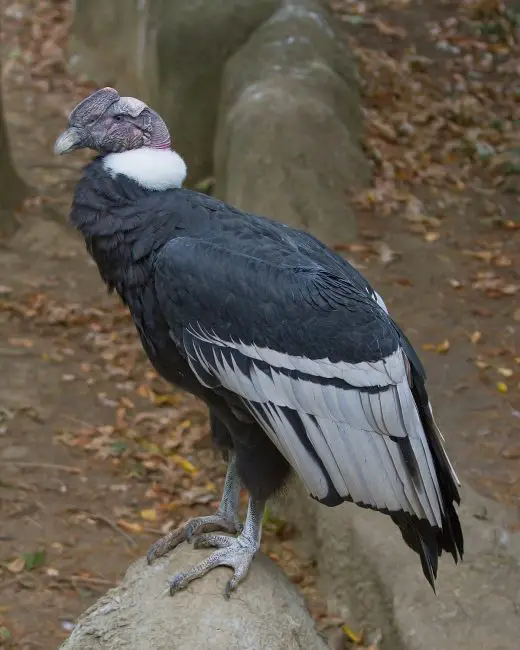
Sky Monarchs of the Andes with Decades of Flight
With wings stretching nearly 10 feet across, the Andean Condor is a true giant of the skies—and one of the longest-living birds on Earth. Native to the rugged peaks and wind-carved cliffs of South America’s Andes Mountains, these majestic scavengers can live from 50 to 70 years, especially when protected in captivity. Their sheer size, coupled with an unmatched ability to glide for hours without flapping, makes them icons of effortless flight and longevity.
As members of the vulture family, Andean Condors play a vital ecological role, cleaning the environment by feeding on carrion. Despite their intimidating appearance—with bald heads, dark plumage, and piercing eyes—they are shy and slow to reproduce, often raising only one chick every two years. This, combined with habitat loss and poisoning, has made them vulnerable in the wild.
Yet when given protection, they thrive. Their near-mythic presence soaring above valleys and volcanic peaks has earned them a sacred status in many Andean cultures. Living for decades and ruling the skies with silent grace, the Andean Condor is more than a bird—it’s a living symbol of power, patience, and endurance.
7. Amazon Parrot (Amazona spp.)
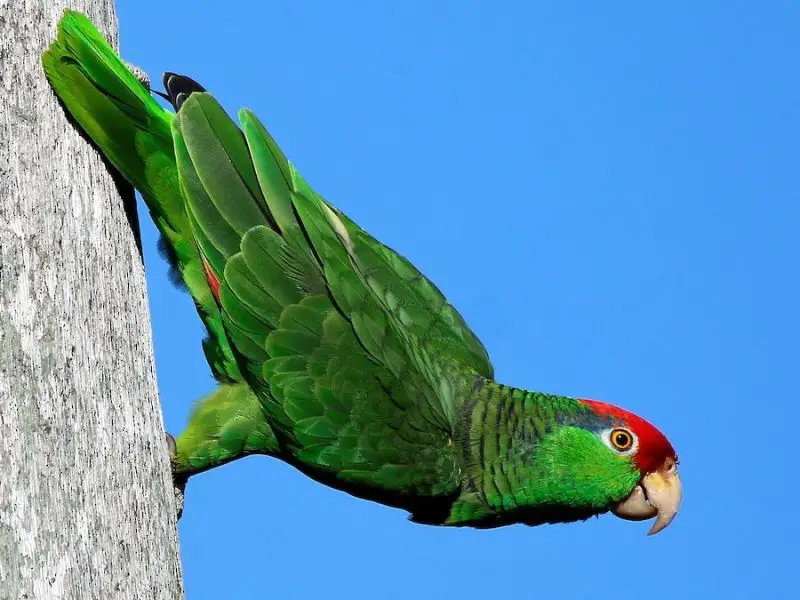
Talkative Seniors with a Flair for Conversation
With their vivid green plumage, expressive eyes, and joyful chatter, Amazon Parrots are some of the most beloved and charismatic avian companions in the world. Found in the rainforests of Central and South America, these medium-sized parrots are renowned for their exceptional vocal mimicry and big personalities packed into feathery frames. In captivity, many live between 40 and 70 years—making them true “talkative seniors” who can share a lifetime with their human families.
Amazon Parrots don’t just repeat words; they often sing, laugh, and mimic entire conversations with uncanny timing and tone. Their sociable, affectionate nature makes them endearing housemates, but also emotionally complex creatures. Without regular interaction, mental stimulation, and play, they can grow bored or even depressed, leading to behavioral issues.
Each Amazon species—from the Yellow-naped to the Blue-fronted—has its own unique voice and charm, but all demand engagement and enrichment to flourish. Owning one is less like having a pet and more like sharing your life with a curious, opinionated, and hilarious feathered friend who just might outlive you.
8. Bald Eagle (Haliaeetus leucocephalus)
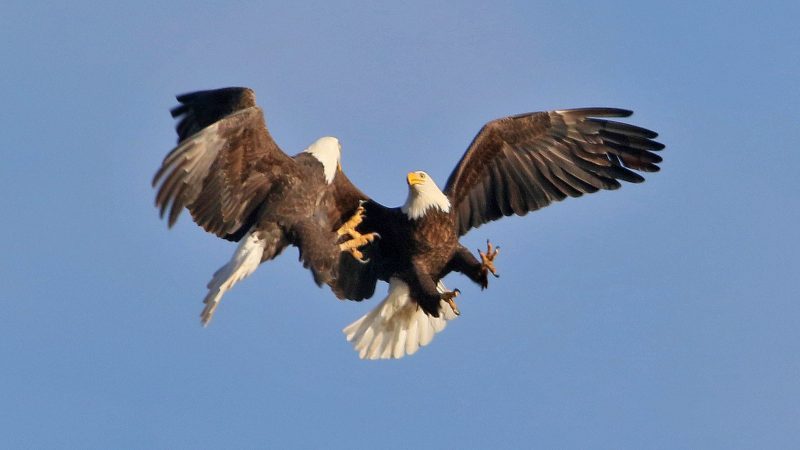
American Icons with a Legacy of Longevity
Majestic, powerful, and unmistakably regal, the Bald Eagle is more than just the national symbol of the United States—it’s a living testament to resilience and survival. In the wild, these formidable raptors often live 20 to 30 years, but under human care, they can soar far beyond that, with some individuals surpassing 50 years of age.
Equipped with a massive wingspan that can reach 8 feet, razor-sharp talons, and keen eyesight, Bald Eagles are apex hunters and scavengers, commanding rivers, lakes, and coastal landscapes. Their powerful build is matched by their equally powerful comeback story: once on the brink of extinction due to habitat loss and DDT poisoning, they rebounded dramatically thanks to decades of protection and conservation, earning their place as a modern wildlife success story.
In captivity, where they are safe from injury, pollution, and hunting, Bald Eagles thrive even longer, maintaining their proud stature well into old age. With each year they live, they continue to represent the enduring spirit of the wild—noble, watchful, and built to last.
9. European Herring Gull (Larus argentatus)
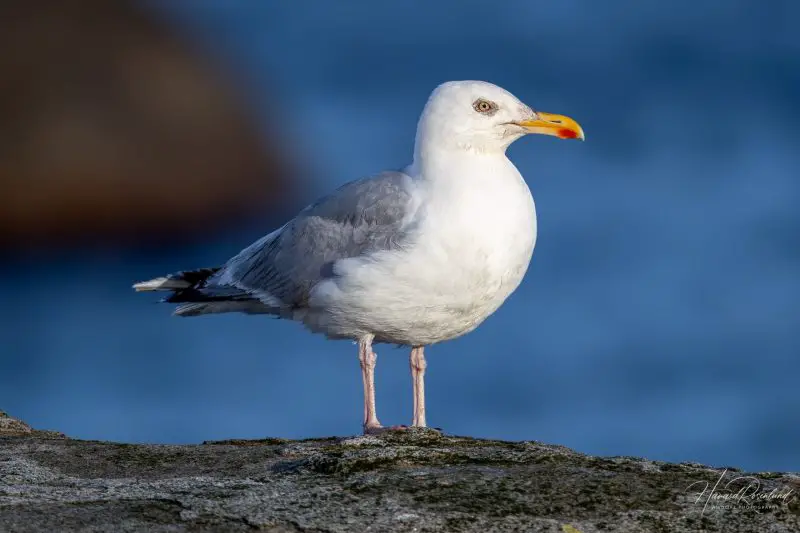
Urban Survivors with Unexpected Longevity
Often dismissed as common seaside scavengers, European Herring Gulls are, in fact, remarkable survivors with surprising staying power. While their raucous cries and coastal antics may be familiar across Europe, these adaptable birds have quietly defied expectations—some individuals, tracked by leg rings, have been recorded living for over 49 years.
Thriving not just along rocky shorelines and windswept beaches, but also in bustling urban environments, these gulls have proven themselves to be masters of adaptation. Whether scavenging for scraps near fishing harbors or nesting on rooftops in city centers, they exhibit intelligence, resourcefulness, and boldness that allow them to flourish in ever-changing landscapes.
Though they may lack the glamour of eagles or parrots, their long lives and ecological flexibility make them a species worth celebrating. The European Herring Gull endures not with grandeur, but with grit—outlasting storms, cities, and the passage of decades with an unshakable will to survive.
10. Blue-and-Yellow Macaw (Ara ararauna)
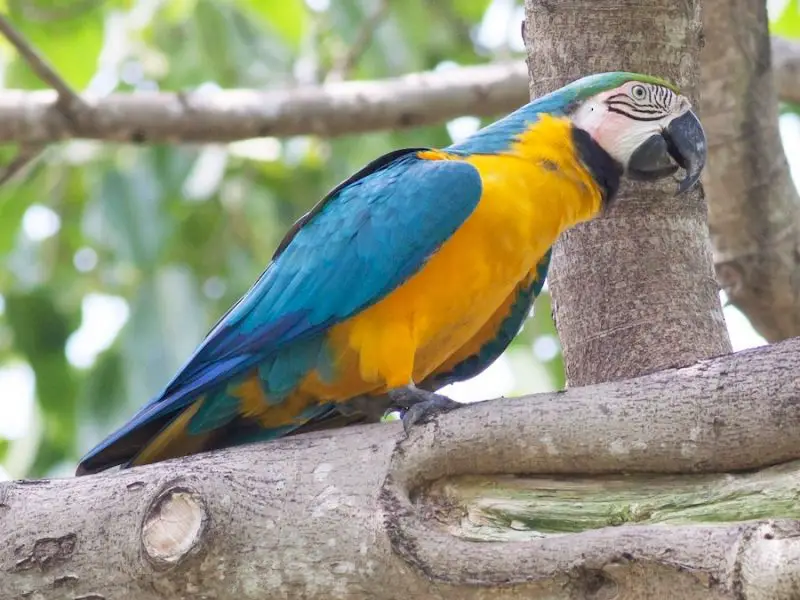
Living Jewels That Shine for a Lifetime
With feathers as radiant as a tropical sunrise, the Blue-and-Yellow Macaw dazzles both in the wild and in captivity. Its vivid sapphire wings and golden chest give it the appearance of a flying gemstone—but its beauty is matched by an equally remarkable trait: longevity. These charismatic parrots routinely live beyond 60 years, and some individuals have even reached 70 or more under dedicated care.
Native to the lush rainforests and riverbanks of South America, this macaw is a social, intelligent creature that thrives on interaction and stimulation. In captivity, they bond deeply with their human companions, often becoming lifelong partners in mischief, conversation, and affection. Their ability to mimic sounds and develop quirky behaviors only adds to their charm.
Yet their long life is a double-edged sword—it requires decades of commitment, enrichment, and emotional care. For those ready to take on the responsibility, the Blue-and-Yellow Macaw offers a legacy of color, intelligence, and companionship that few other pets can match. These birds don’t just live long—they live vividly.
11. Great Horned Owl (Bubo virginianus)
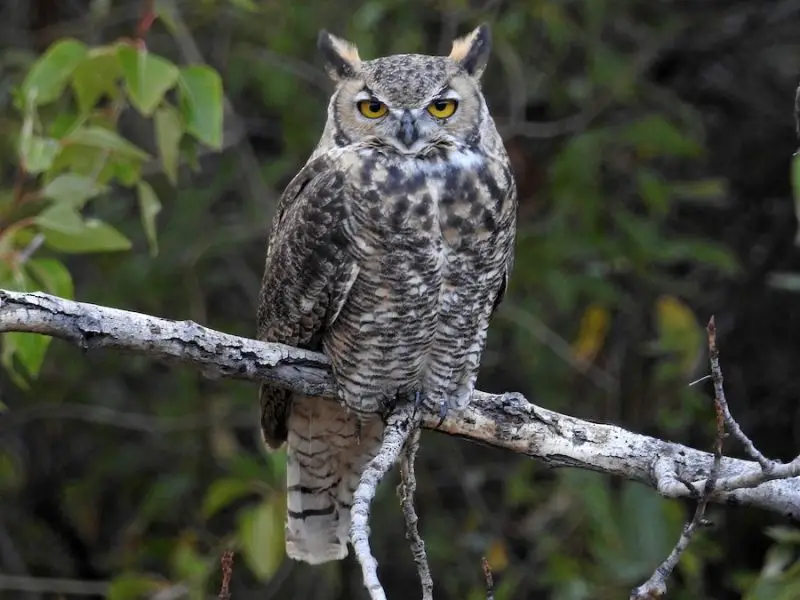
Silent Hunters with Remarkable Staying Power
With piercing yellow eyes, tufted “horns,” and a haunting call that echoes through forests and deserts alike, the Great Horned Owl is one of North America’s most formidable night predators. While wild individuals typically live between 13 and 15 years, those under human care have surpassed 30 years—testament to their resilience and adaptability.
These owls are built for survival. Their powerful talons can crush prey with astonishing force, and their near-silent flight allows them to ambush rabbits, skunks, and even other birds of prey with ghost-like stealth. From dense woodlands to city parks, Great Horned Owls have adapted to a wide range of environments, making them one of the continent’s most widespread raptors.
In captivity, free from the risks of injury, starvation, and competition, they can live well into their third decade, all while maintaining their fierce and watchful demeanor. Whether perched high in a pine or gliding through moonlit skies, the Great Horned Owl commands respect—not only as a hunter, but as a quiet guardian of the night with a surprisingly long lifespan.
12. Snowy Owl (Bubo scandiacus)
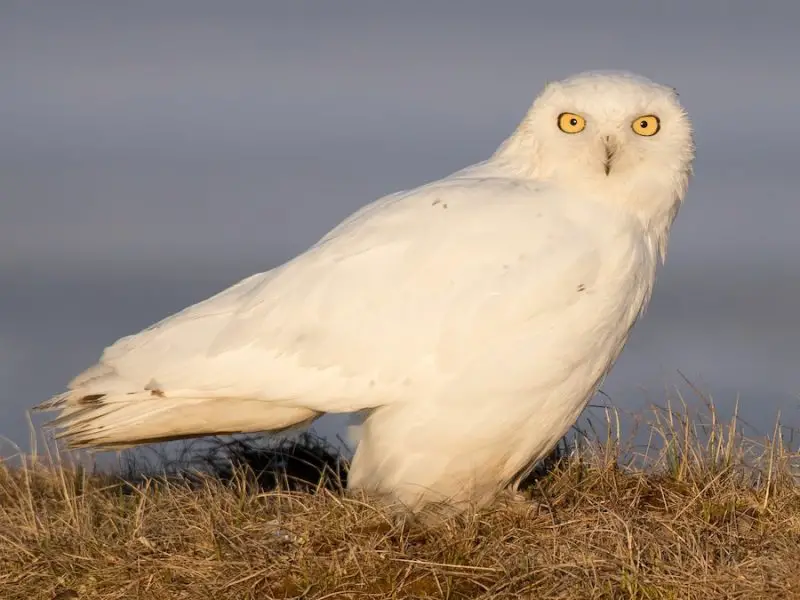
White Ghosts of the Arctic with Icy Longevity
Cloaked in brilliant white and built for survival, the Snowy Owl is a striking symbol of the frozen north. Native to the windswept tundra of the Arctic, these majestic raptors are masters of endurance. In the wild, they typically live up to 10 years, but in the sheltered environments of zoos and wildlife centers, their lifespans can stretch well beyond 25 years.
Every part of the Snowy Owl’s anatomy tells a story of adaptation—from their thick, insulating plumage that shields them from bitter cold, to their feathered feet that act like built-in snow boots. Their keen eyesight and razor-sharp talons make them deadly hunters of lemmings and other small mammals, even in near-total darkness.
While many raptors remain in one territory, Snowy Owls are nomadic, traveling thousands of miles in search of prey. Occasionally, they drift southward in rare events called irruptions, surprising birdwatchers as far south as the United States. With their haunting beauty and quiet strength, these Arctic sentinels embody survival in one of Earth’s harshest climates—and when protected, they can thrive for decades beyond their snowy homeland.
13. Bufflehead (Bucephala albeola)
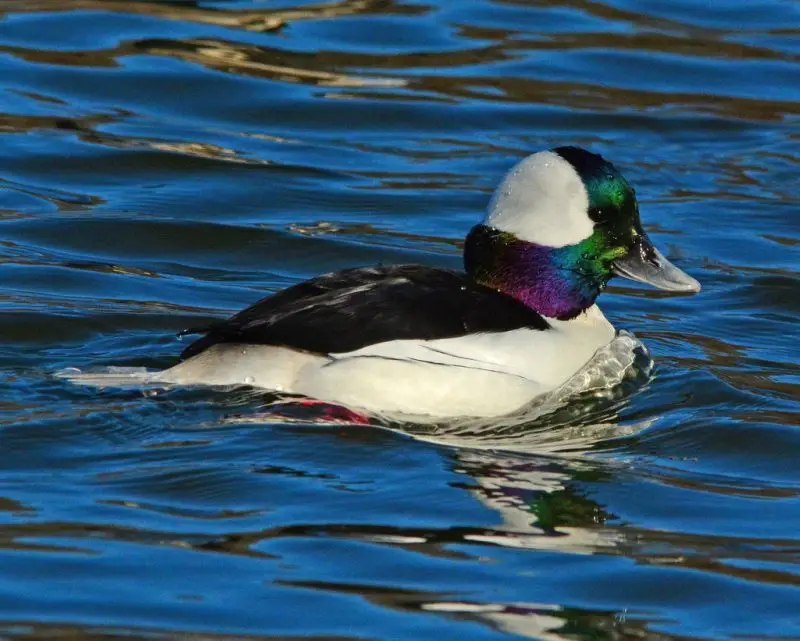
Tiny Divers with Remarkable Lifespans
At first glance, the Bufflehead might seem too small and delicate to be a champion of endurance—but this pint-sized duck is full of surprises. Measuring just over a foot in length, the Bufflehead is North America’s smallest diving duck, yet banding records show that individuals have lived over 18 years, defying expectations for a bird of its size.
Clad in crisp black-and-white plumage with a glossy iridescent sheen on the males’ heads, Buffleheads are not just visually striking—they’re also superb athletes. Agile in the air and underwater, they dart through northern lakes and coastal bays with ease, diving repeatedly to forage for aquatic insects, crustaceans, and mollusks.
Despite their miniature build, Buffleheads are remarkably resilient. Their preference for nesting in tree cavities—often abandoned by Northern Flickers—adds an unusual twist to their survival strategy. Though their bodies are compact, their lives can span nearly two decades, proving that in nature, longevity isn’t always about size—it’s about efficiency, adaptability, and quiet strength.
14. Common Raven (Corvus corax)
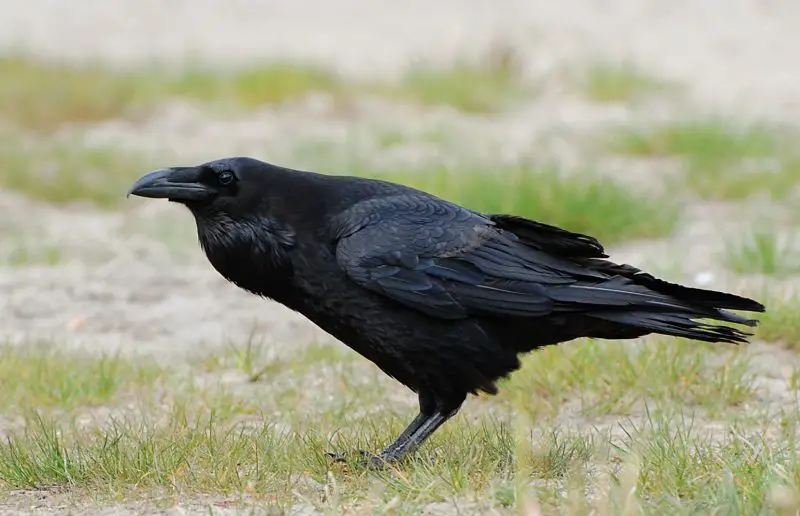
Dark Geniuses with Decades of Life
The Common Raven, draped in sleek black feathers and armed with one of the sharpest minds in the avian world, is far more than a mysterious figure from folklore—it’s a bird of astonishing intelligence and surprising longevity. In the wild, ravens often live 10 to 15 years, but in captivity, some have surpassed 40 years, making them not only brainy but also enduring.
Ravens are master problem-solvers, capable of planning, using tools, and even understanding cause and effect. They form complex social bonds, play games, mimic sounds—including human speech—and can recognize individual faces. Their adaptability allows them to thrive in diverse habitats, from arid deserts to Arctic tundra to bustling urban areas.
Unlike many long-lived species that rely on size or sanctuary, the raven’s secret is its brain. This mental agility allows it to avoid threats, exploit new resources, and build long-term survival strategies. With their glossy plumage, expressive calls, and keen intelligence, Common Ravens live not just long lives—but rich, clever, and deeply social ones.
15. Budgerigar (Melopsittacus undulatus)
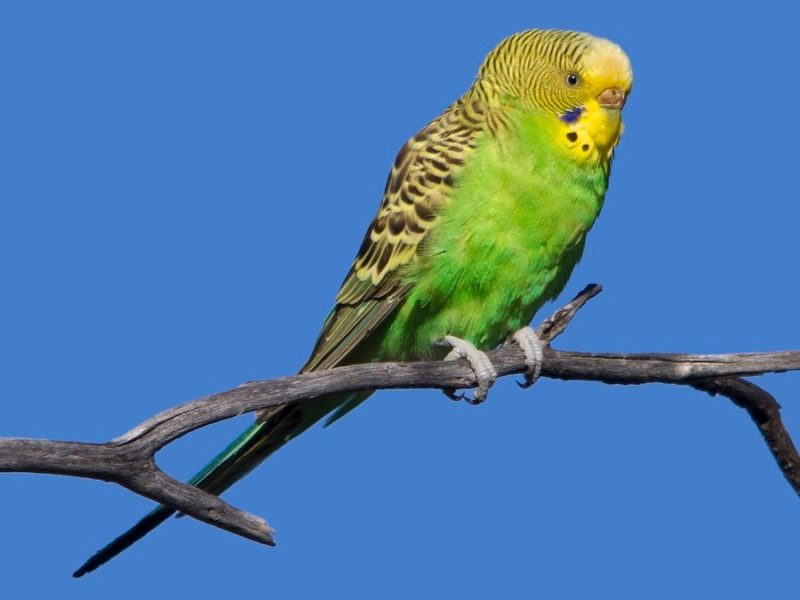
Tiny Companions with the Potential for Two Decades of Joy
Small in size but bursting with personality, the Budgerigar—affectionately known as the budgie—is one of the world’s most beloved pet birds. Native to Australia’s arid grasslands, these vibrant little parakeets are full of energy, charm, and surprising vocal ability. While the average lifespan of a budgie ranges from 5 to 10 years, exceptional individuals cared for with proper nutrition, enrichment, and veterinary attention have lived up to 20 years.
Despite their tiny frames, budgies are highly intelligent and social. They can learn to mimic speech, solve simple puzzles, and form strong bonds with their human caretakers. Their cheerful chirping and inquisitive nature make them delightful household companions—but they thrive best when mentally stimulated and emotionally engaged.
Often underestimated due to their size and ubiquity, budgies are far more than “starter pets.” With the right environment, these feathered gems can offer not just fleeting amusement but years—even decades—of companionship, communication, and colorful life.
Conclusion
From mighty condors to tiny parakeets, bird longevity varies wildly by species, environment, and care. Some birds live only a few years, while others become lifelong companions or decades-long icons of the wild. Understanding what contributes to avian longevity helps us appreciate their biology—and highlights our responsibility to conserve their habitats. Whether soaring albatrosses or talkative parrots, these long-lived birds remind us that endurance is one of nature’s greatest achievements.

